If you want to create a more youthful appearance or correct a particular skin concern,…
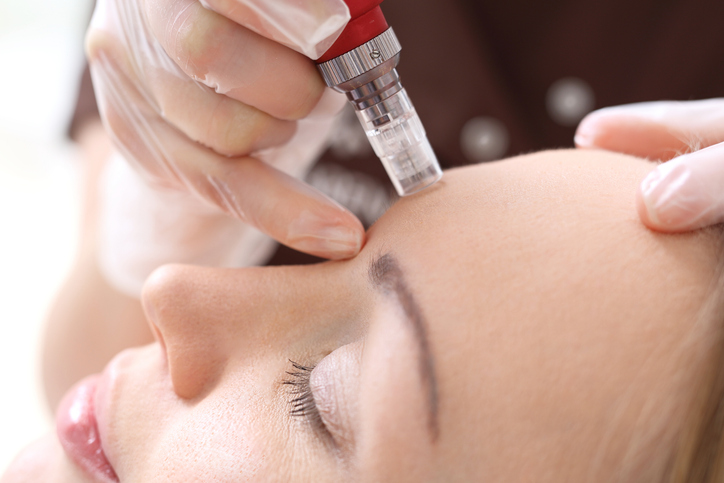
Vivace RF: How Is it Different from Traditional Microneedling?
Microneedling, or collagen induction therapy, has been growing more popular over the last few years. This minimally invasive procedure promises skin rejuvenation by creating micro-punctures on your face to encourage collagen production.
Recently, a modified version of microneedling has been gaining popularity: Vivace microneedling. This new facial rejuvenation procedure combines traditional microneedling techniques with radiofrequency (RF) energy to stimulate collagen and elastin production even further.
Vivace addresses fine lines and wrinkles, large pores, acne scars, and uneven skin tone and texture, making your skin firmer and smoother.
How does Vivace work?
The doctor uses a handheld device to heat your skin with RF energy. The device has tiny needles that, combined with the RF, create microscopic incisions on your skin. This microdamage triggers your body’s natural cell regeneration process, stimulating the production of collagen.
As your skin produces more collagen and elastin, it will become firmer and smoother over time.
The difference between Vivace and traditional microneedling lies in the RF energy. The RF energy heats the underlying layers of the skin while the needles puncture the surface. These two sensations coax a reaction from the skin’s proteins, accelerating its natural healing process.
Many cosmetic surgeons recommend combining Vivace with PRP or platelet-rich plasma injections. Plasma is rich in protein and is a significant element of your skin’s healing process. PRP injections can supplement the collagen-boosting effect of Vivace by promoting cell regeneration.
What should you expect from the procedure?
Before you book your Vivace appointment, your doctor will examine you and inquire about your medical history. This step is critical to the success of your facial rejuvenation, making sure that the procedure won’t cause any allergic reactions.
Once you’ve scheduled your Vivace treatment, the specialist will give you a list of pre-procedure guidelines. They’ll tell you what food and medications to avoid. Generally, you’ll need to avoid any blood thinners, including alcohol and ibuprofen. Your doctor will also tell you to stop using skincare products with retinoids to reduce the risk of side-effects.
On the day of the treatment, the doctor will apply a topic numbing cream on your skin. This will lessen the pain of the incisions and make the experience comfortable for you. The anesthesia needs around 30 to 45 minutes to become fully effective.
The doctor will then move the Vivace handpiece over your face. The tool gently pushes needles into your skin before emitting heat. You’ll likely feel light pressure and some sparks, but the discomfort and pain should be mild.
The entire procedure, including waiting for the numbing cream to take effect, typically lasts 45 minutes to an hour.
What should you expect after the treatment?
The aftercare and recovery for Vivace are similar to traditional microneedling. Right after your Vivace treatment, the doctor will apply a calming sheet mask on your face to minimize the redness and swelling. Then, they’ll apply a balm that your skin will soak up for at least six hours.
During this 6-hour window, you want to keep your face as clean as possible. Don’t apply any makeup or skincare products and avoid touching your face. You also want to avoid excessive sweating, direct sun exposure, and steam for the first three days following your procedure.
It’s natural to see some redness, inflammation, and peeling a few days after your microneedling procedure. Healing can take days or weeks, depending on how fast your skin can repair itself. Don’t cover the redness with makeup because this can clog the pores on your healing skin, possibly causing breakouts and even infections.
Avoid using products with vitamin C and retinol A for the first 48 hours after your treatment. After a full two days, you can slowly start adding products to your daily beauty routine. Be sure to run everything by your doctor first to make sure the ingredients won’t trigger a reaction.
One product you shouldn’t forget is sunscreen. Your skin will be sensitive after microneedling, so it needs extra protection from the sun.
How soon will results be visible?
You’ll notice your skin becoming smoother and brighter as the redness fades. However, the results are dependent on your body’s collagen production, so the more visible effects can take several weeks to become apparent.
Your skin will continue to improve as time goes on. Generally, you’ll see the best results appear around six months after your treatment.
The results will be even better if you do a series of Vivace treatments, depending on the recommendation of your doctor. They usually recommend follow-up sessions every four to six months to keep your skin bright, smooth, and healthy.
Who can get Vivace microneedling?
According to the Harvard Special Health Report “Skin Care and Repair,” microneedling treatments are generally safe and tolerated by most skin types. However, you may not be an ideal candidate if you…
- are pregnant.
- have certain skin diseases, such as eczema or psoriasis.
- have open wounds.
- scar easily.
- have a history of poor or slow wound healing.
- have undergone skin radiation in the last 12 months.
- have any medical condition that requires you to take blood-thinning medication.
Additionally, you’ll need to get clearance from your doctor if you have diabetes or a heart condition.
It’s also best to avoid microneedling treatments if you have acne problems. The needles will be moving in and out of your skin, which can spread the bacteria around your face and cause more breakouts. Wait for your acne to dry out before undergoing the treatment.
To ensure the safety of your procedure, make sure you seek out a board-certified cosmetic or plastic surgeon with ample experience in microneedling. They’ll give you a list of instructions before and after the procedure that will minimize the risk of side effects, ensuring your safety and the success of the treatment.
Board-Certified Cosmetic Surgeon in Kansas
Dr. Hannah Vargas, MD, F.A.C.S., is a board-certified surgeon specializing in facial plastic surgery. She runs Vargas Face and Skin Center, a clinic offering cosmetic and reconstructive surgery of the neck and face, as well as laser-assisted body sculpting procedures.
We offer non-invasive skin rejuvenation procedures for men and women, addressing a range of concerns to boost your confidence.
Contact us at 913-381-4900 or fill out our online form to schedule a virtual consultation.

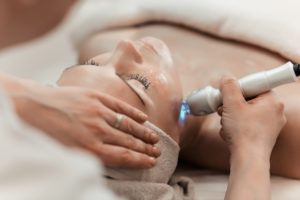

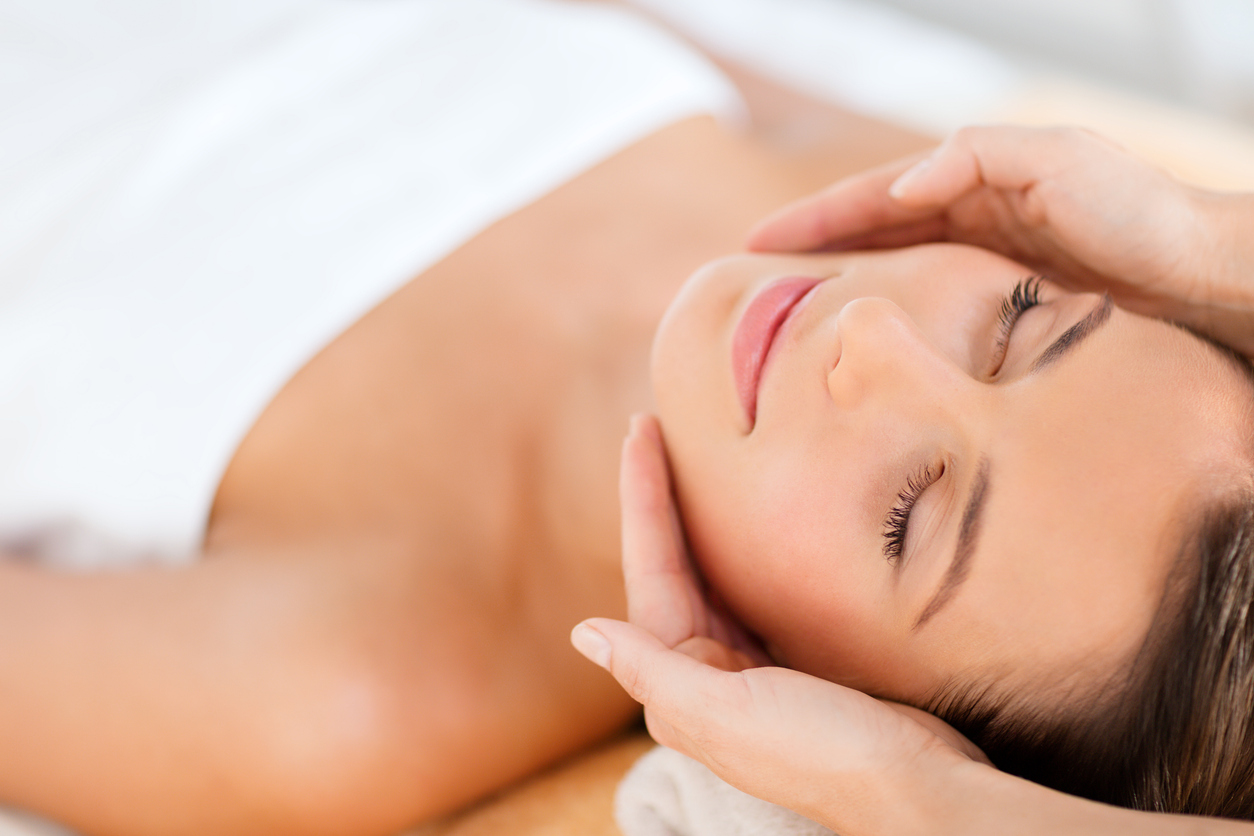
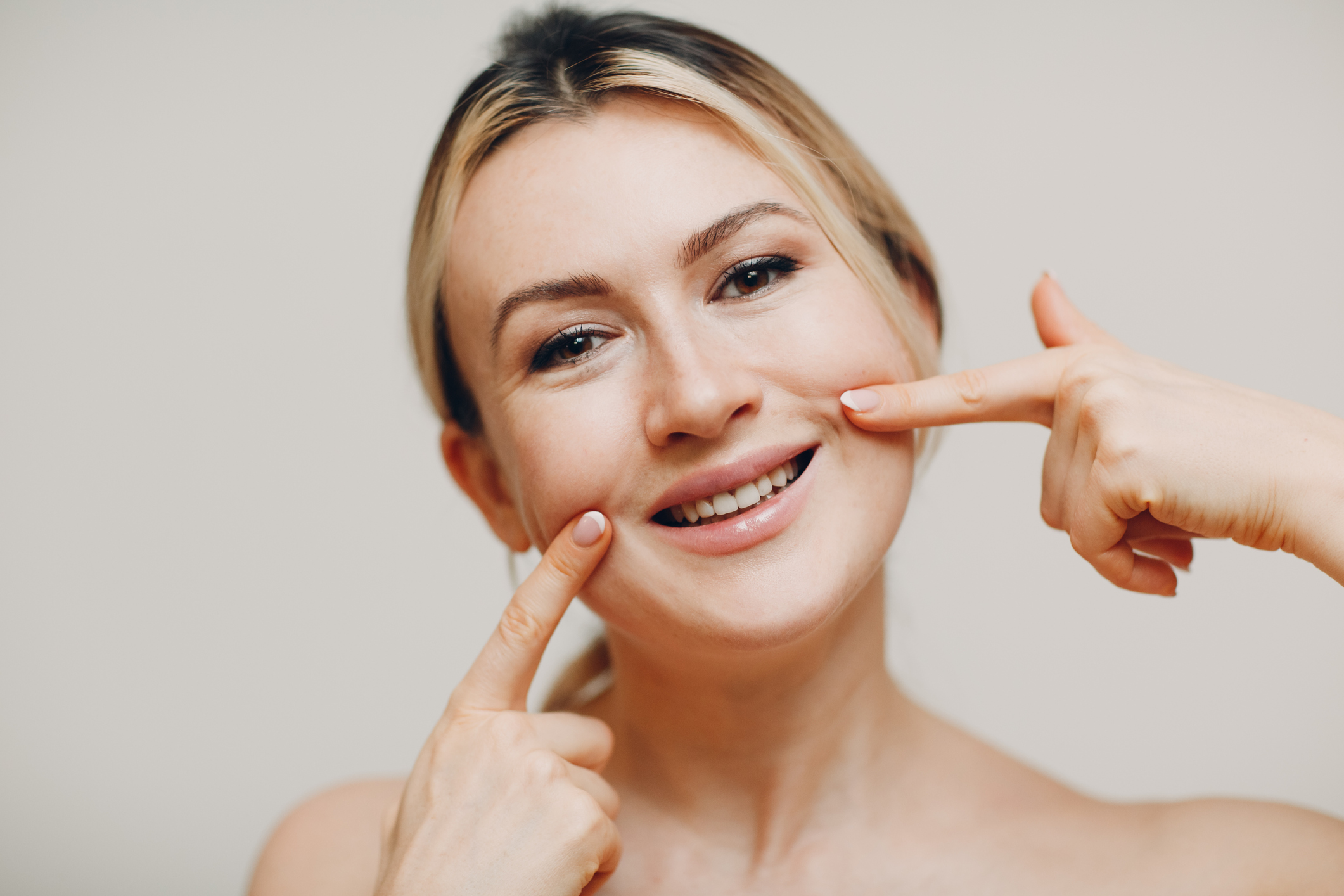
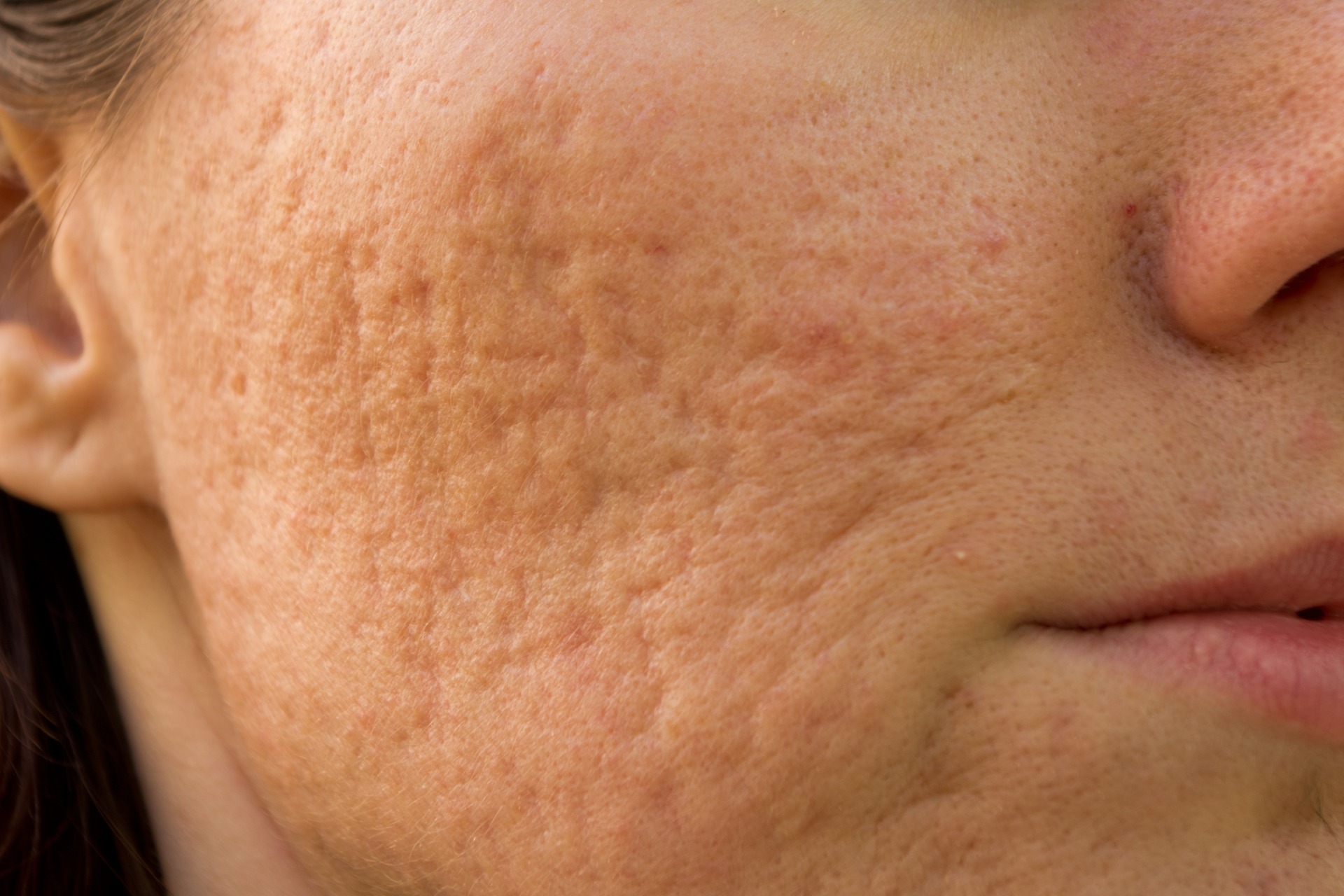




This Post Has 0 Comments